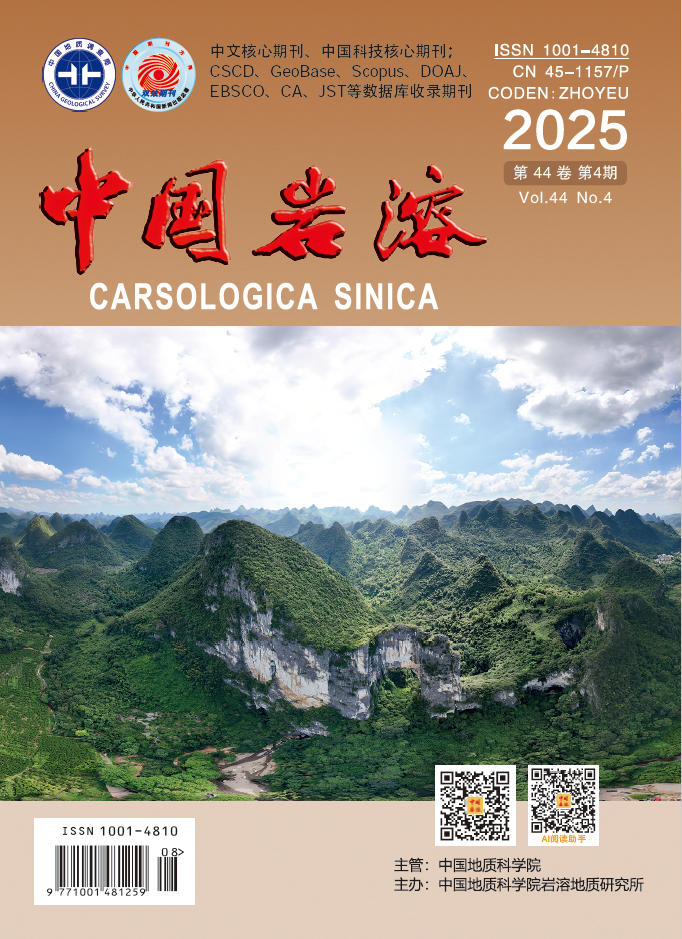2021 Vol. 40, No. 3
Display Method:
2021, 40(3): 363-380.
Abstract:
2021, 40(3): 381-388.
Abstract:
2021, 40(3): 389-397.
Abstract:
2021, 40(3): 398-408.
Abstract:
2021, 40(3): 409-419.
Abstract:
2021, 40(3): 420-429.
Abstract:
2021, 40(3): 430-438.
Abstract:
2021, 40(3): 439-448.
Abstract:
2021, 40(3): 449-458.
Abstract:
2021, 40(3): 459-465.
Abstract:
2021, 40(3): 466-475.
Abstract:
2021, 40(3): 476-486.
Abstract:
2021, 40(3): 487-494.
Abstract:
2021, 40(3): 495-503.
Abstract:
2021, 40(3): 504-512.
Abstract:
2021, 40(3): 513-520.
Abstract:
2021, 40(3): 521-530.
Abstract:
2021, 40(3): 531-538.
Abstract:
2021, 40(3): 539-547.
Abstract:
2021, 40(3): 548-554.
Abstract:






